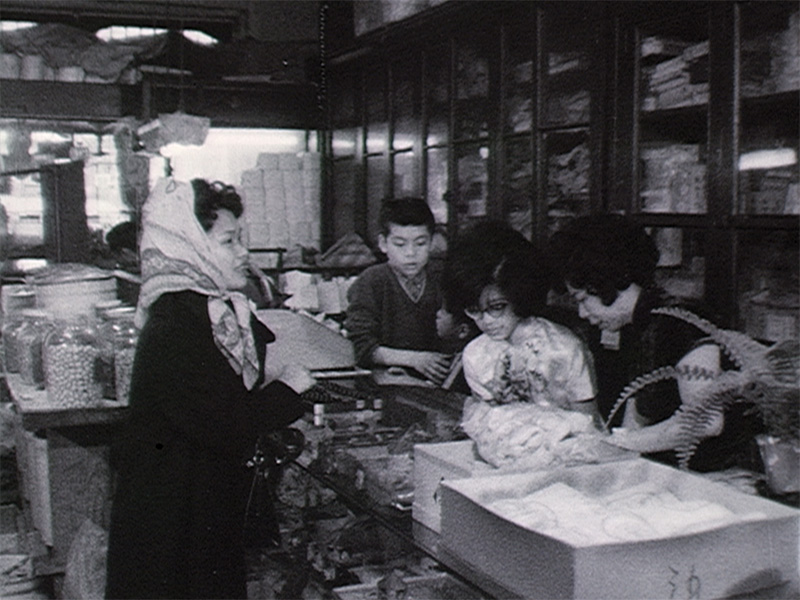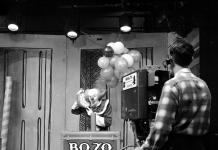
1962 Few “progressive” measures in the mid-20th century also carried such a destructive effect as the expansion of the country’s freeway system, promulgated by President Dwight D. Eisenhower with the approval of his Federal Aid Highway Act of 1956. While they increased mobility and convenience for commuters, these new superhighways also exacted a toll, particularly in urban areas, wiping out entire neighborhoods, or at least rending them asunder.
In Detroit, the most prominent example was the destruction of the African American area called Black Bottom when Interstate 375 was built. Smaller enclaves, such as Detroit’s original Chinatown, also were victims of the freeway expansion, which was often accompanied by urban renewal plans.Ěý
In Chinatown’s case, the Lodge Freeway was the juggernaut. In the late 1950s, news circulated that the Lodge would claim Chinatown among its casualties. The neighborhood was situated around Michigan and Third, on the western fringe of downtown Detroit. The vibrant area included Chinese businesses and a few thousand Chinese American residents. This still image of a general store from January 1962 is from a documentary film chronicling the last days of the community.Ěý
After the area was leveled, some businesses and residents relocated north to a new but smaller Chinatown clustered around Cass and Peterboro, where such restaurants as Chung’s, Forbidden City, and Chin Tiki thrived for years. But the modest enclave was a dim echo of the old Chinatown, and it eventually faded. The only reminder of the second Chinatown are two markers. Many are unfamiliar with the original Chinatown, though the Detroit Historical Museum’s 2009 exhibition Detroit’s Chinatown: Works in Progress helped to generate interest. Today, many Chinese Americans live in Troy, Rochester Hills, Novi, and Ann Arbor.Ěý
This story is featured in the November 2021 issue of Â鶹·¬şĹ Detroit magazine. Read more stories in ourĚýdigital edition.
|
| Ěý |
|








